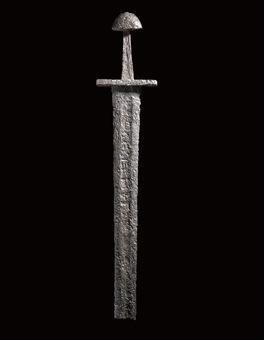So my lovely wife challenged me and several of my coworkers to dump a bucket of ice water on our heads or donate money to the ALS Association. She was so cute doing it too. I thought about dumping water on my head or just donating the money, but I decided I wanted to do something different. I have to be weird, I know, I’m a rebel without a cause. When I sat down and thought about it, I felt that dumping ice on my head or making a donation were good steps, but I wanted to take it a step further. When Jesus came to care for people, He entered into the suffering of those around Him and I wanted to dig a bit and try to understand not only the disease, but the patients and their families who journey with it.
This craze that’s been sweeping the internet is funny to watch as it fills my social media feed and it’s actually made a pretty substantial difference in giving to support research towards treating and hopefully curing ALS. According to the ALS Association, as of the day I was challenged this hashtag driven frenzy of awareness and charity has led to over 14 million dollars in donations to fund research into treating ALS.
ALS, by the way, stands for Amyotrophic Lateral Sclerosis and is more famously known as Lou Gehrig’s Disease for the famous baseball player who made it more well known. It is a degenerative nerve disease that essential weakens and deadens the nerve cells and causes the patient to eventually become totally paralyzed. There is no cure for this disease and all treatments as of now are specifically designed to minimize the effects of the disease and prolong the functionality and lifespan of the patient. It’s not very well known either. Most people know it simply as Lou Gehrig’s disease and have no idea what the acronym stands for our what the disease really does to a person.
There was an article a few friends had shared on Facebook and wanted to encourage you to check it out. It’s written by a woman whose family is currently walking through this disease and about her thoughts on this particular craze of challenges and especially how we can walk a mile in the shoes of someone with Amyotrophic Lateral Sclerosis to better understand their reality. Go take a break and go read it. It’s really worth it.
I was really struck by this, specifically the list of ways of Empathetic Experiences to understand what it is like to have this disease. This is what she came up with.
- Pick up a 10-pound weight. Now imagine it’s your fork and move it from your plate to your mouth repeatedly without shaking.
- Sit in a chair for just 15 minutes moving nothing but your eyes. Nothing. No speaking, no scratching your nose, no shifting your weight, no changing the channel on the television, no computer work. Only your eyes. As you sit, imagine: this is your life. Your only life.
- Borrow a wheelchair or power scooter and try to maneuver quickly through the aisles at Walmart, without speaking. Note the way people react to you.
- Strap 25 pounds to your forearm. Now, adjust your rearview mirror.
- Using none of your own muscles, have your spouse or child or friend get you dressed and brush your teeth. Write down some of the feelings you have being cared for in this way.
- Before you eat your next meal, take a good, long look at the food. Inhale deeply and appreciate the aroma. Now, imagine never being able to taste that – or any other food – for the rest of your life.
- Put two large marshmallows in your mouth and have a conversation with your friends. How many times must you repeat yourself? How does this make you feel?
- Go to bed and stay in one position for as long as you possibly can, moving nothing.
- Strap weights to your ankles and climb a flight of stairs, taking two at a time. That’s the kind of strength it takes for someone with ALS to tackle the stairs on a good day.
- Install a text-to-speech app on your phone or iPad and use it exclusively to communicate for one day.
For me, engaging with injustice in the world and with those who are suffering is more than just taking time to give something or even drawing attention to it. I want to understand and try to identify and walk alongside the other. So in lieu of dumping a bucket of water on my head, I am choosing to take this challenge and make a donation to an organization supporting research or treatment for those with Amyotrophic Lateral Sclerorsis and I’m going to do some of these things on this list, just to have an idea of what it is like to deal with this condition and better identify with those who are suffering. It took time to dig and learn a bit more about this disease and it is going to take more to really try and understand what it would be like to live with it, but for me this is the best way I can engage with this.
So my challenge is for my former online gaming group: Adrienne, Crystal, Jay, Scott, Travis, and Wes . You can donate money, dump water on your head, or get creative. What you got gang?


